Richard F. Tinder9781598293487, 1598293486
Table of contents :
Tensor Properties of Solids……Page 1
Keywords……Page 4
Preface……Page 5
Acknowledgments……Page 7
Contents……Page 9
PART I – Equilibrium Tensor Properties of Solids……Page 15
1.1 DEFINITION OF A TENSOR PROPERTY……Page 17
1.2 CONCEPTS OF EQUILIBRIUM AND REVERSIBILITY……Page 18
1.3 INTERACTION DIAGRAMS AND FIRST-ORDER EQUILIBRIUM PROPERTY NOMENCLATURE AND REPRESENTATION……Page 19
1.4 INTERACTION DIAGRAM FOR THE FIRST-ORDER NONEQUILIBRIUM TENSOR PROPERTIES……Page 23
2.1 INTRODUCTION TO TENSOR AND MATRIX NOTATION……Page 27
2.2 TRANSFORMATION OF TENSORS……Page 28
2.2.2 Transformation of Vectors……Page 29
2.2.3 Transformation of Second-Rank Tensors……Page 30
2.2.4 Symmetrical and Antisymmetrical Second-Rank Tensors……Page 31
2.2.5 Quadratic Transformation Forms……Page 33
2.2.6 Transformation of Third-Rank Tensors……Page 34
2.2.7 Transformation of Fourth-Rank Tensors……Page 36
2.3 INTRODUCTION TO TENSOR ALGEBRA……Page 39
2.3.2 Tensor Multiplication……Page 40
2.3.4 Tensor Contraction……Page 41
2.4 AXIAL TENSORS……Page 43
2.5 TAYLOR’S SERIES EXPANSION AND THE TENSOR DIFFERENTIATION LAWS……Page 44
2.6 TENSOR FIELDS AND TENSOR OPERATORS……Page 45
2.6.1 Gradient of a Tensor Field……Page 46
2.6.3 Kronecker Delta, Permutation Tensor, Vector Cross Product, and Tensorial Contraction……Page 47
3.1 INTRODUCTION……Page 51
3.2.2 Center of Symmetry……Page 52
3.3 SPACE LATTICES, UNIT CELLS, CRYSTALLOGRAPHIC PLANES, AND DIRECTIONS-MILLER INDICES……Page 55
3.5 NEUMANN’S PRINCIPLE AND ITS APPLICATION TO TENSOR PROPERTIES……Page 60
3.6 APPLICATION OF NEUMANN’S PRINCIPLE TO SYMMETRICAL SECOND-RANK PROPERTY TENSORS……Page 66
3.7 EFFECT OF NEUMANN’S PRINCIPLE ON THE 11 CENTROSYMMETRICAL CRYSTAL CLASSES……Page 70
3.8 LONGITUDINAL AND TRANSVERSE EFFECTS FOR SYMMETRICAL SECOND-RANK PROPERTY TENSORS……Page 71
4.1 Energy Representations and the Criteria for Thermodynamic Equilibrium……Page 75
4.1.1 Energy Density Representation……Page 78
4.2 Thermodynamic Definition of Parameters……Page 79
4.3 Generalized Compliance and Rigidity Matrices……Page 82
4.4 Symmetry of the General Compliance and Rigidity Matrices……Page 85
4.5.1 Principal Effects……Page 88
4.5.2 Independent Coupled Effects……Page 89
4.6 Effect of Measurement Conditions on the First-Order Tensor Properties……Page 92
5.1 THE DEPENDENT COUPLED EFFECTS……Page 99
5.2 INTERRELATIONSHIP BETWEEN FIRST-ORDER PROPERTIES-USE OF INTERACTION DIAGRAMS……Page 101
5.3 THE GRÜNEISEN TENSOR……Page 104
6.1.1 Direct Piezoelectric Effect……Page 109
6.1.2 Converse Piezoelectric Effect……Page 111
6.1.3 Crystal Symmetry Considerations……Page 113
6.1.4 Brute-Force Method for the Trigonal and Hexagonal Classes- The Piezoelectric Moduli……Page 114
6.1.5 Longitudinal Piezoelectric Effect……Page 120
6.2 ELASTICITY……Page 122
6.2.2 Bulk Elastic Behavior……Page 124
6.2.3 Transformation Laws……Page 126
6.2.5 Effect of Crystal Symmetry……Page 127
6.2.6 Homogeneous Elastically Isotropic Solids……Page 132
6.2.7 Young’s Modulus in a Particular Direction……Page 134
6.2.8 Shear Modulus and Poisson’s Ratio……Page 136
7.1 ELECTROSTRICTION AND MORPHIC EFFECTS……Page 137
7.1.1 Symmetry and Transformation Considerations of Fourth-Rank Tensors……Page 138
7.2 GENERALIZED DEVELOPMENT OF THE SECOND-ORDER EFFECTS……Page 139
7.3 PHENOMENOLOGICAL DEVELOPMENT OF THE OPTICAL EFFECTS……Page 143
7.3.1 Electro-Optical Effects……Page 146
7.3.2 Piezo-Optical and Elasto-Optical Effects……Page 148
7.3.3 Piezo-Optical Effect in Cubic Crystals Under Uniaxial Tension……Page 150
7.3.4 Magneto-Optical (Cotton-Mouton and Faraday) Effects……Page 153
7.3.5 Thermo-Optical Effects……Page 156
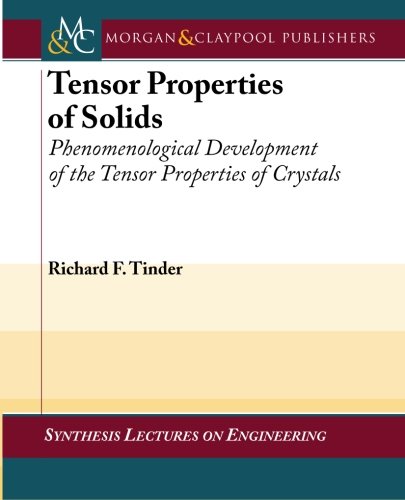
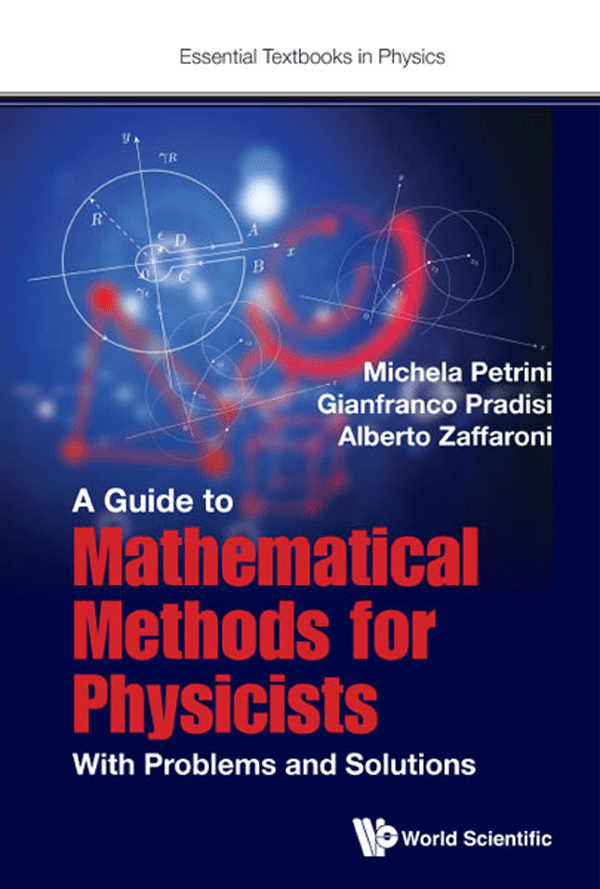
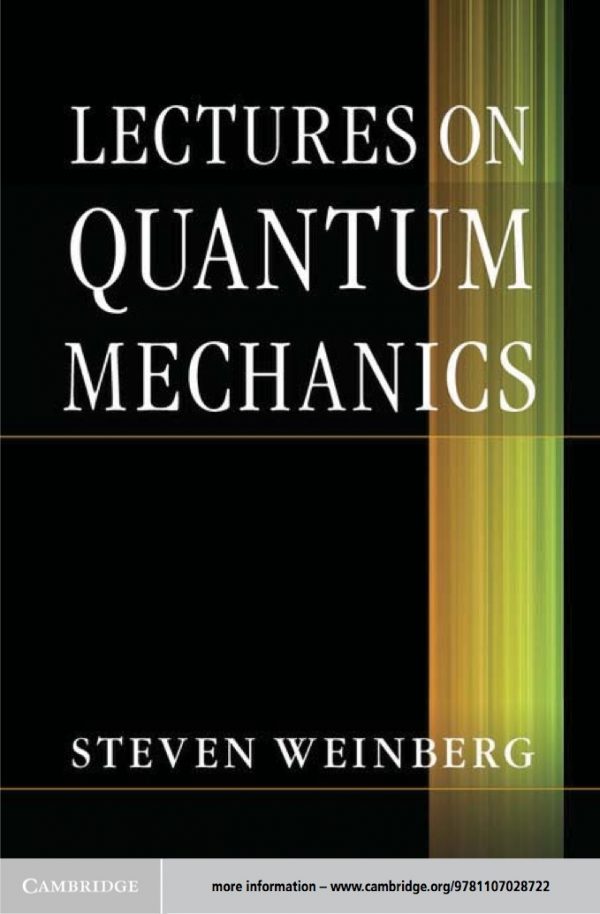

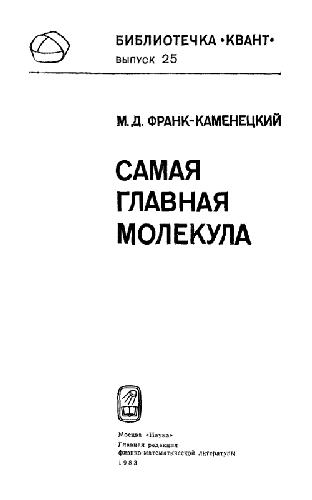

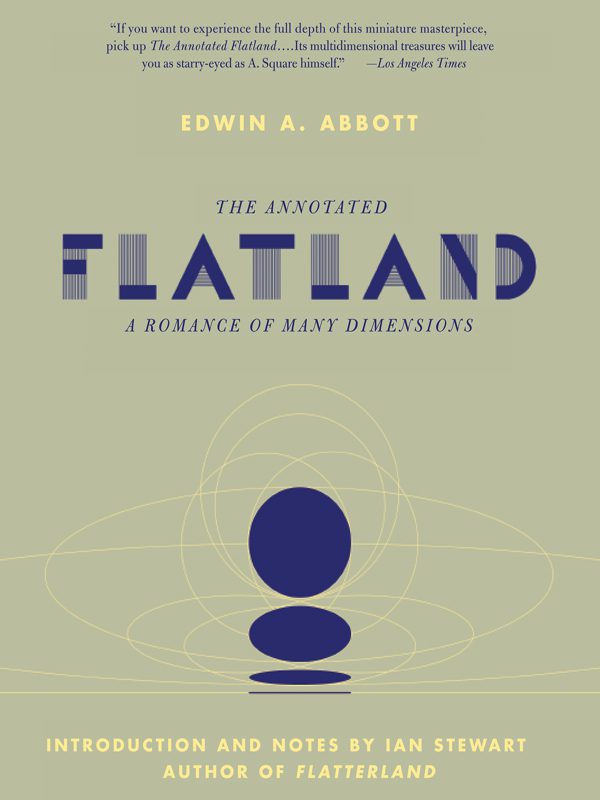
Reviews
There are no reviews yet.